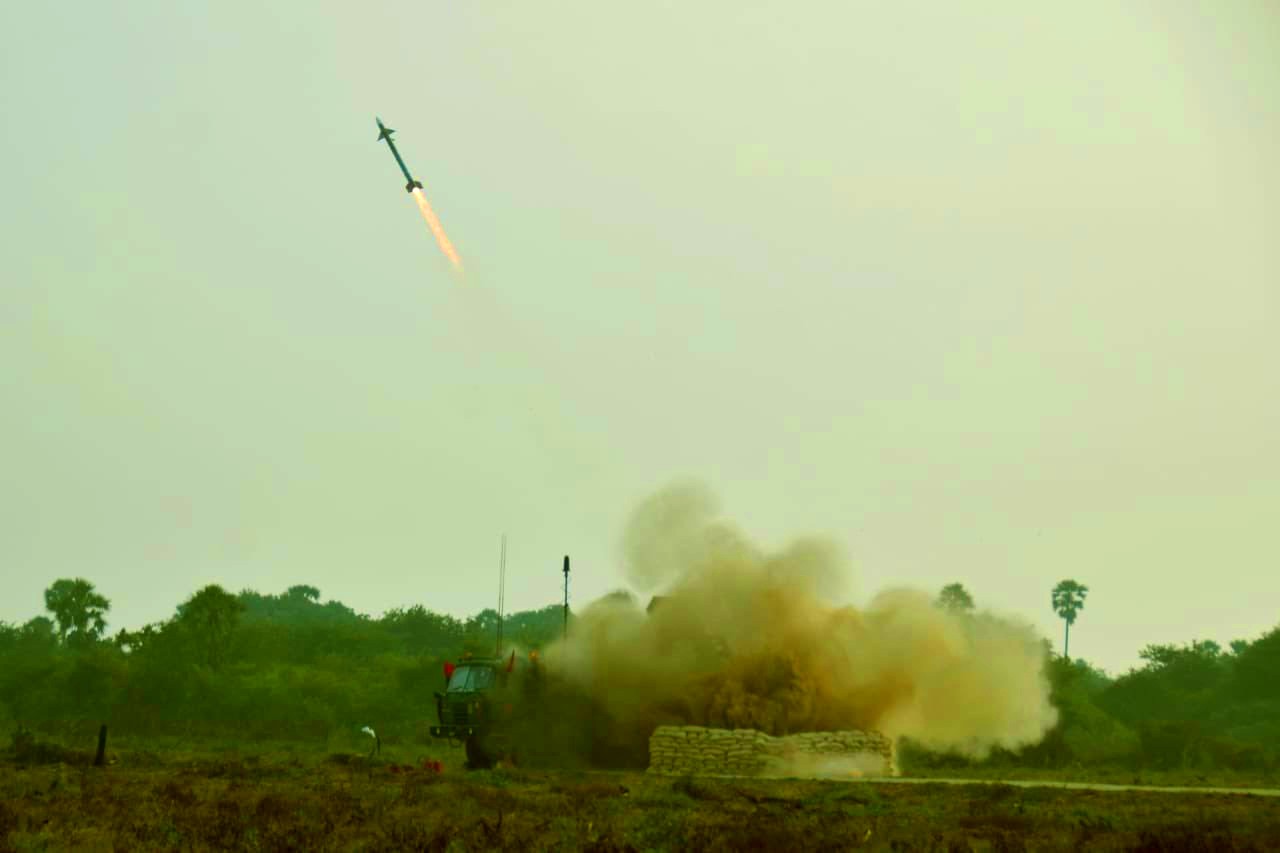
There’s buzz over a ‘new’ Israeli air defence system joining the Indian arsenal amidst a continuing border standoff between India and China in Ladakh.
On June 27, in a report on fresh deployments to the combat zone, news agency Asian News International quoted a source to say, ‘India is also very shortly getting a highly capable air defence system from a friendly country which can be deployed and the entire area can be taken care off (sic) to prevent any enemy flying there.’
Two days later on June 29, the Economic Times reported, ‘Key defence supplier Israel – which showed its commitment as a reliable partner during the Kargil war too – is expected to deliver a much-needed air defence system that will be deployed along the border. Sources said that the unnamed air defence system is likely to come from the current holdings of the Israeli defence forces and would supplement the Ladakh sector.’
The two reports have sparked justifiable buzz over what this system could be. But first, a quick look at the several different Israeli air defence systems the Indian military already operates.
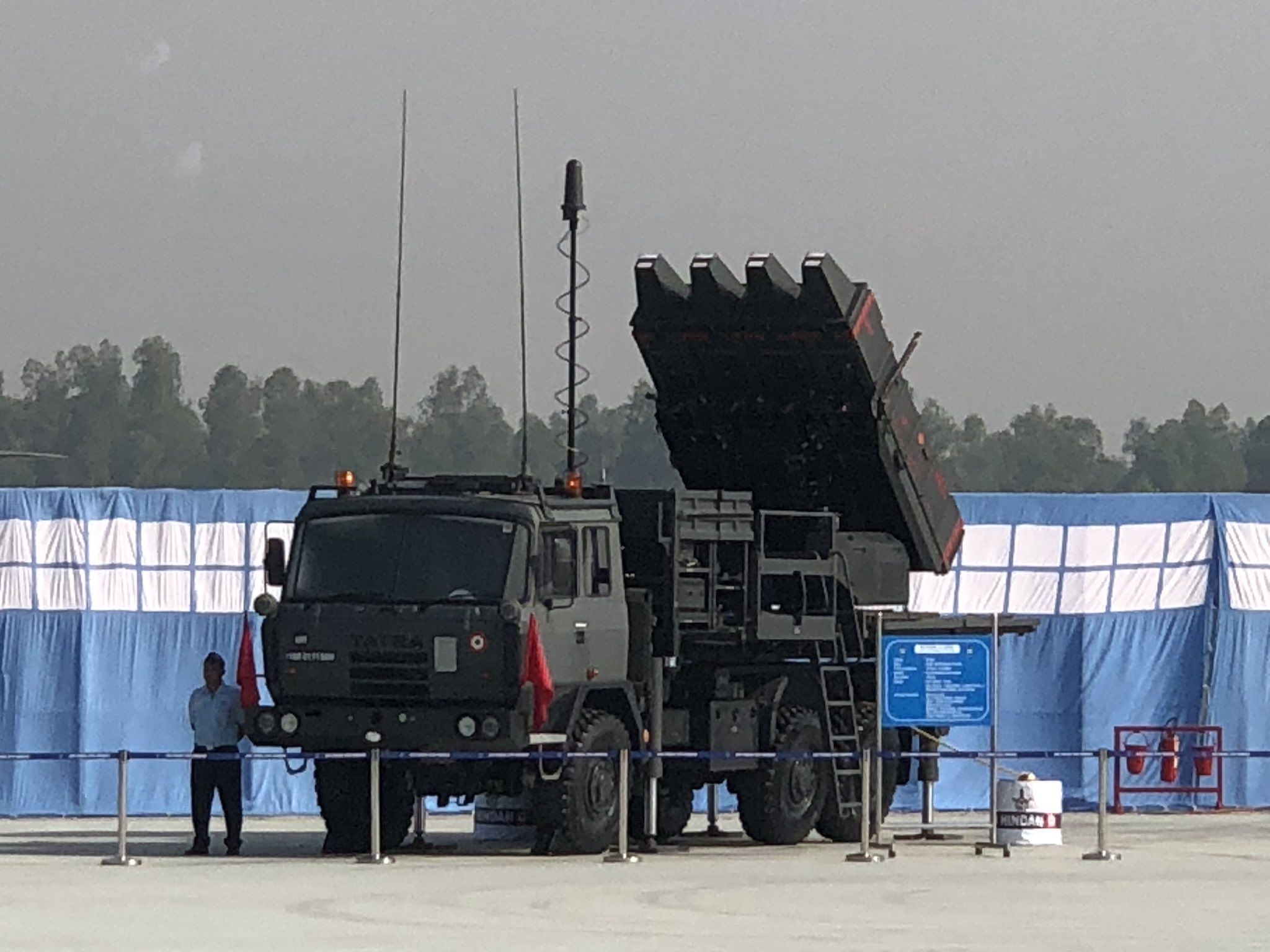
The Indian Air Force operates the SPYDER quick reaction surface-to-air missile (SAM) system. Deployed in various theatres in the northern and western sectors, the systems were contracted in 2008, with deliveries starting in 2012. The photograph you see at the head of this piece, from December 2018, is the first public image of the weapon system in action, at a guided weapon exercise at the Suryalanka air based on India’s east coast.
The Indian Army briefly floated a global contest to choose a short-range SAM (SRSAM) system, but shelved it in favour of the indigenous Akash system in 2017. The Israeli SPYDER had been a contender in the aborted quest, alongside the Saab BAMSE and Russian Tor-M2KM.
It is unclear, but if Israel is planning to send a few regiments to help India plug air defence gaps in Ladakh and elsewhere in the northern sector, it’s possible that it will be additional SPYDER batteries. It’s also the only Israeli land-based SAM system that Indian forces are trained on and have operationalised fully — and would something India would be able to plug into its network without much preparation. Separately, it was a SPYDER system, incidentally, that was erroneously engaged in the infamous friendly fire incident on February 27 last year in the aftermath of the Balakot air strikes.
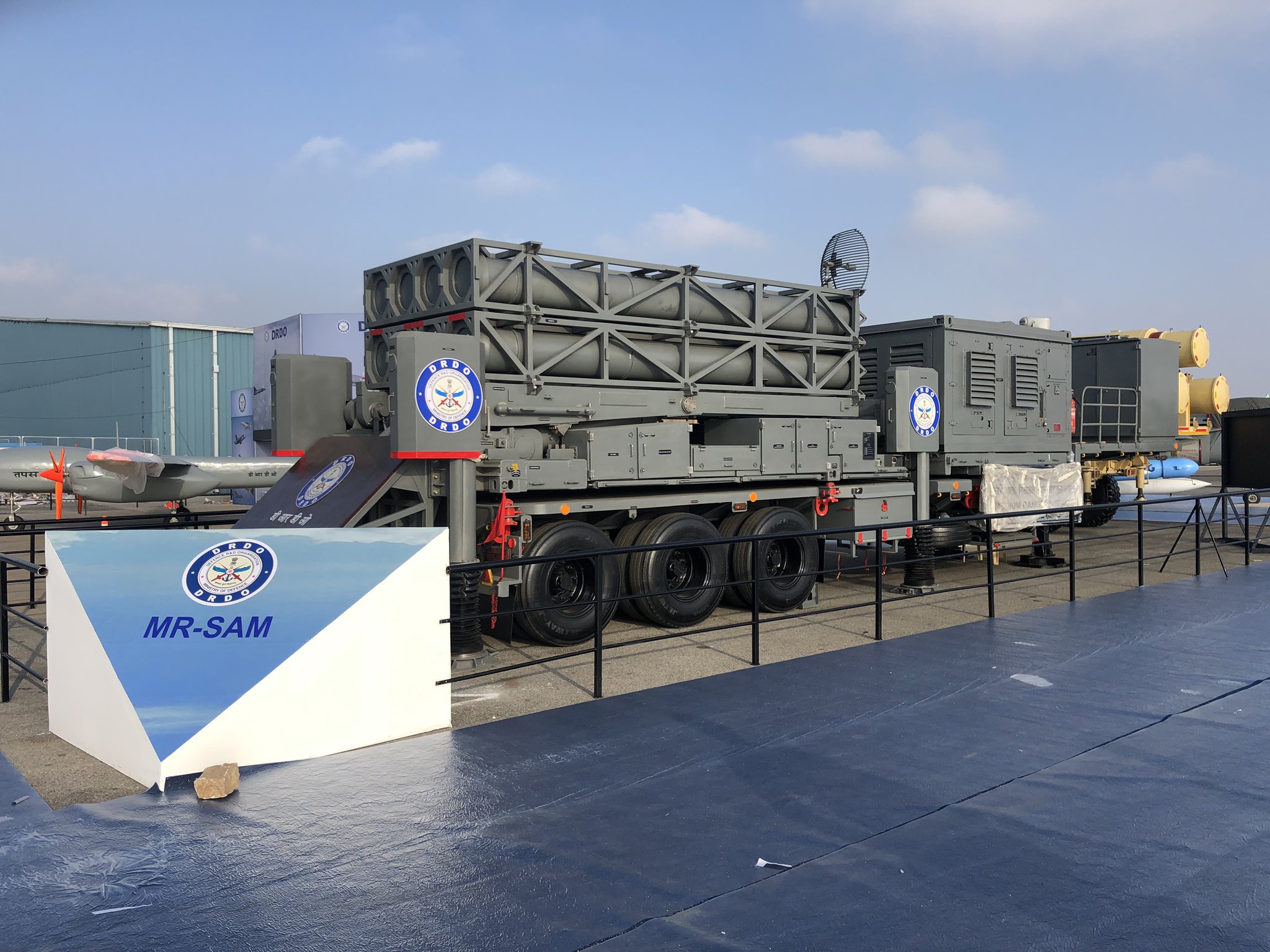
The Indo-Israeli Medium Range Surface-to-air Missile (MRSAM) system is inbound into the Indian Air Force, but seeing delayed entry into operational service. The MRSAM is a land-based variant of the Barak-8, a missile developed jointly by India and Israel. The Indian Air Force and Indian Army both have multiple regiments of the system on order.
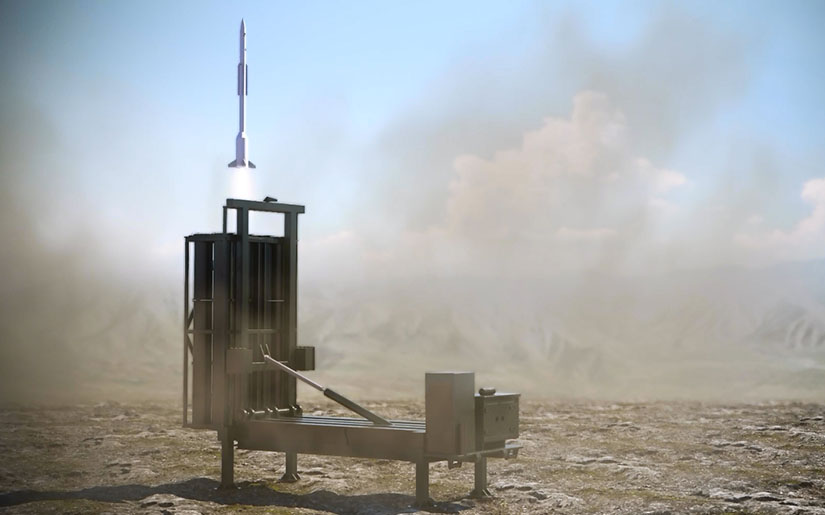
This brings up another possibility — that one of the systems in the pipeline could be the Barak ER long range air and missile defence system. This would also require a measure of lead time to deploy and plug into India’s current theatre defence structure, but remains a possibility.
Incidentally, it was Livefist editor Shiv Aroor who broke the news of the Indo-Israeli ‘Barak-II’ (later Barak-8) joint project in February 2006 in The Indian Express.
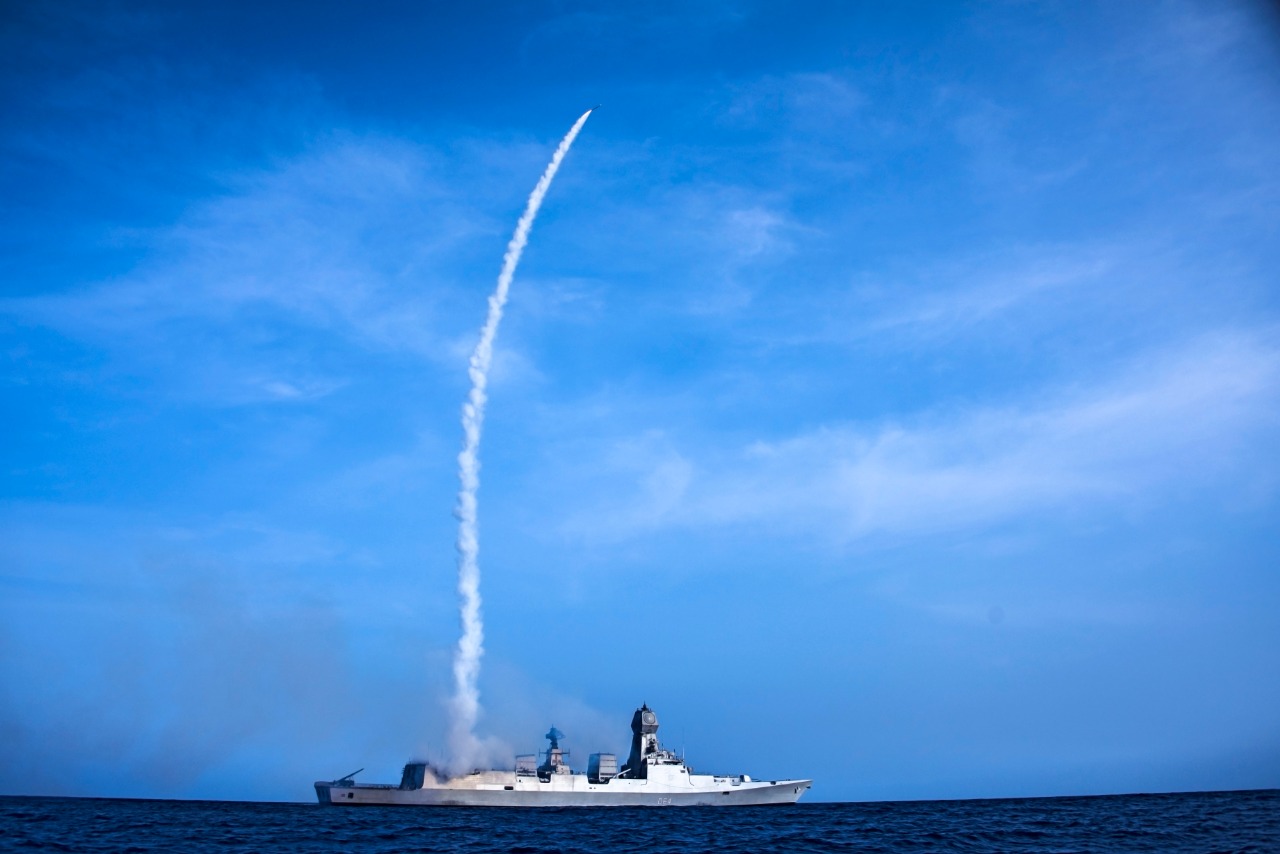
The baseline Barak-8 naval air defence missile, called the LRSAM, is operational on multiple Indian Navy warships, including the Kolkata-class destroyers, aircraft carrier INS Vikramaditya and upcoming warship classes that include the Visakhapatnam-class destroyers and new Nilgiri-class frigates.
Israel also operates a system called David’s Sling, though it appears difficult to imagine that a system new to India would be under consideration in an emergent situation where the capability is needed quickly.
Apart from these, the original short range Barak-1 missile continues to arm older frontline Indian vessels, including the Delhi-class destroyers and Shivalik-class frigates. An improved version of the Barak-1 competes for a fresh Indian Navy contest for an SRSAM to arm its Kamorta-class anti-submarine warfare corvettes.
High altitude air defence in the Ladakh sector has been beefed up in the last few weeks with Akash regiments diverted to the Himalayan theatre, but with threat perceptions expanding to include a China-Pakistan axis, the Indian military is looking to plug gaps with a mix of medium and short range systems.
Over the years, several air defence/tiered missile defence systems have been on offer to India at various levels, including the US Patriot PAC-3, THAAD and, most recently, the NASAMS-II. The latter, a fresh push by the Trump Administration, hasn’t enthused the Indian Air Force though, with indications that the IAF has conveyed to the government that it prefers to support the indigenous multi-tiered Ballistic Missile Defence (BMD) program. While such acquisitions have an overwhelming political dimension to them, it remains to be seen if the current military tensions clear decks for equipment not otherwise planned or required by the forces. Livefist is working on a detailed report on that latter development.
The NASAMS-II offer to India, in fact, emerged after India navigated a US sanctions regime to proceed with a contract for Russian S-400 Triumf air defence regiments. Defence Minister Rajnath Singh, who was in Moscow last week, is said to have extracted assurances from Russia that there will be no slippage in the program, and that the first S-400 systems will be delivered by late 2021 as agreed.
https://www.youtube.com/watch?v=Dh3fT9nuLD4

Magic wand and David’s sling, are they similar?
There are few states which regulating lottery system and most of them has banned lottery in their state.
https://dhankesariresults.in/lottery-sambad-today-result.html